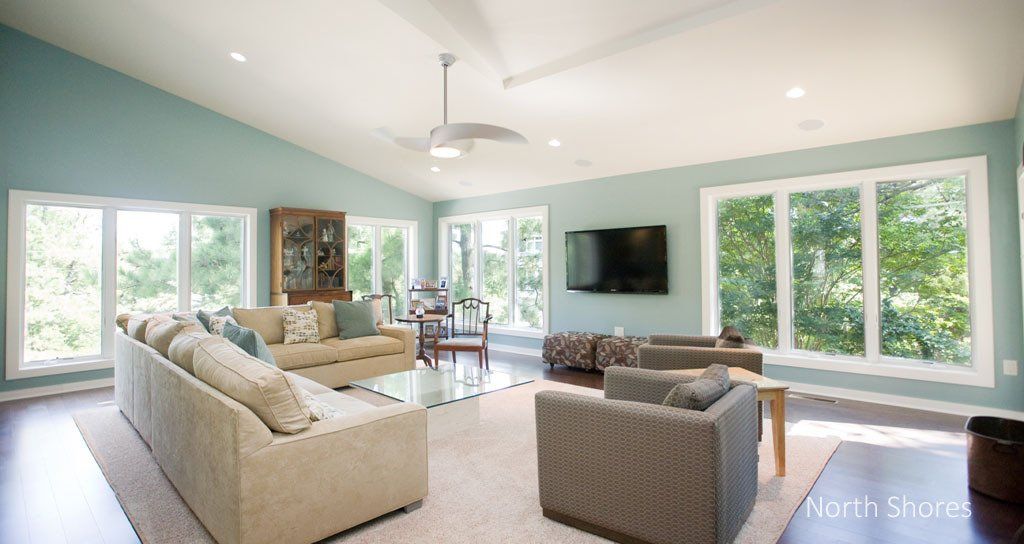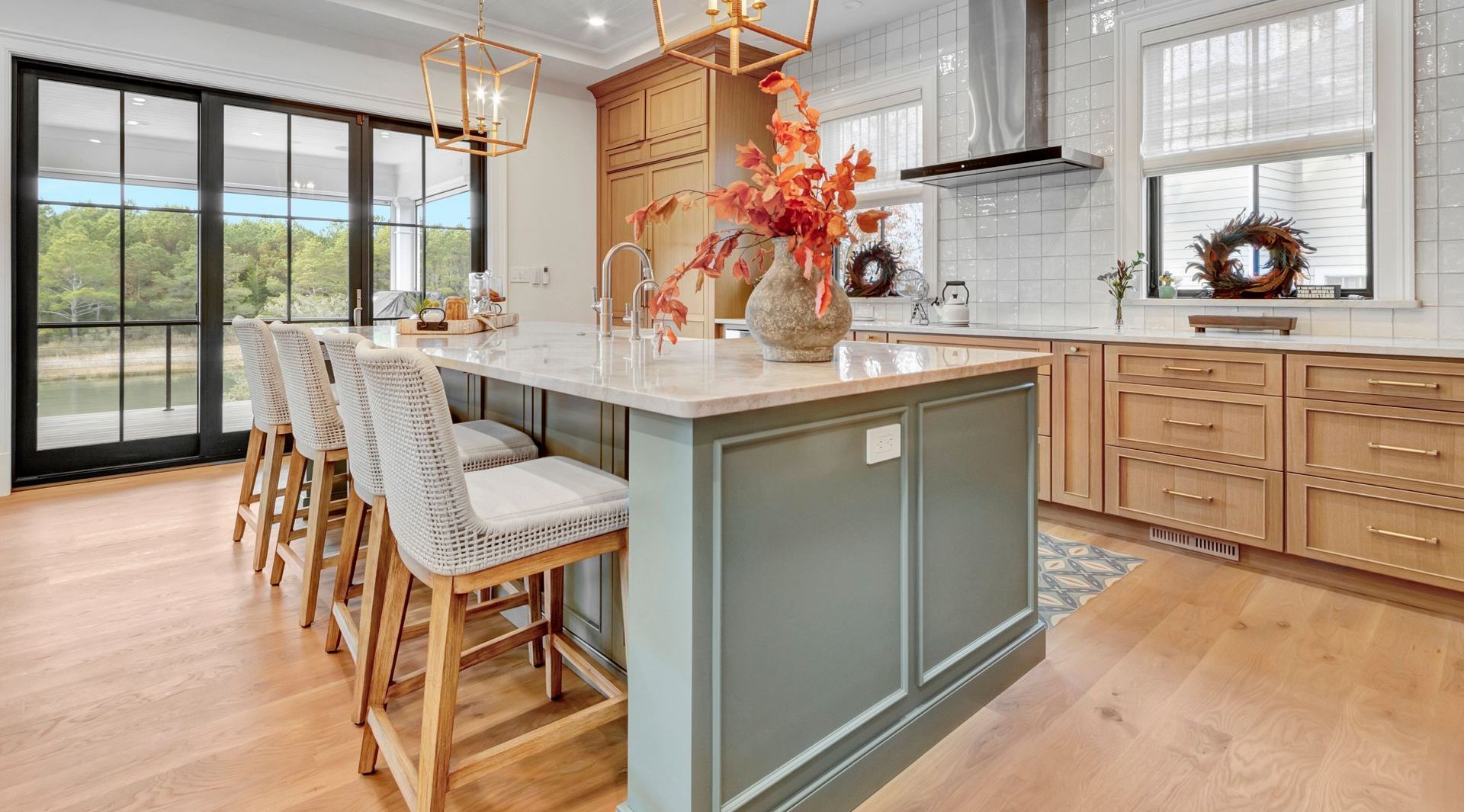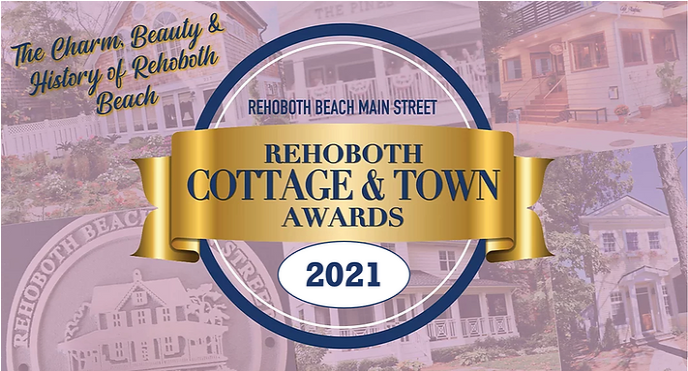Do I Really Need to Get Three Bids for My New Custom Home?

The general rule of thumb when building a new home is that you should obtain bids from at least three quality homebuilders. That is generally good advice, but there are major obstacles to making those bids realistic and useful. They include the need for detailed plans and job specifications, the need to find comparable bidders and the need to structure the bid in a way that facilitates easy comparisons. It can be difficult to get all three just right.
By far the largest hurdle is the need for detailed custom home plans and job specifications. If you started your project by hiring an architect and designer to fully design and specify the fits and finishes of your home, this will not be a problem for you. Many builders will be delighted by the opportunity to present their quote to build your home with the confidence that they know exactly what they are bidding on, and that their competitors are bidding on the same thing. But this is rarely the case.
A far more common scenario is that you begin the process with some broad concepts - perhaps some clippings from a magazine or an online home plan website. This can cause each bidder to make assumptions that can result in widely divergent bids. If the winning bidder’s assumptions differ from the homeowners’ expectations (they usually do), the project is already in trouble before it even starts. For some builders, the more time they have invested in trying to “win” your project, the more likely they are to start cutting corners. If you’re not careful, your well-intentioned bid process can become a race to the bottom, resulting in hiring the builder who is most desperate to get the work.
The next challenge is finding three comparable bidders. Turnstone has been in business since 2004, and we can probably count on one hand the number of times that we have bid on the same project against two other luxury home builders who we consider to be comparable in terms of resources, experience and staying power. This doesn’t mean they aren’t there, just that people have a hard time figuring out who they are. When the market is hot, new builders pop up like dandelions on a spring afternoon. Reputable builders are wary of committing significant time and resources creating meaningful bids when “fly-by-nights” are in the picture.
The use of allowances in bids is another area you must understand. An allowance is an assigned dollar amount for items that have not yet been selected - for example $25,000 for kitchen cabinets. Allowances are useful and necessary, but too many allowances will lead to a lot of guesswork in the bidding process. When the use of allowances is unavoidable, make sure that each bidder is using the same allowances for each item.
The last piece of the puzzle is creating the right structure for the bid. If each bidder is asked to use the same format, with costs itemized the same way, it will be easy for you to compare them. This is usually what happens when an architect is involved from the outset. But there are other resources available for you to obtain a bid format. If you don’t take this step, you can count on receiving three bids that are virtually impossible to compare in detail.
Each bid should also include prices for the hard costs and for allowances, an estimated completion date and the builder’s policies for change orders (including administrative charges). Such detailed bids take time to develop, so be reasonable when scheduling due dates for the bid. Three to four weeks is usually enough time for a bid on a custom home.
Reputable builders will also have expectations in the bidding process. Creating a bid for a custom home can take hundreds of hours of time for our staff, subcontractors and suppliers. Because of this, most bidders will want to know who they are bidding against: established pros don’t want to compete with outfits with reputations for lowballing bids and then charging for extras later on. And they may insist on there being no more than three bidders, so everyone has a fair chance.
So, do you really need to get three bids? We would argue that your time may be better spent learning about prospective builders, reading their online reviews, talking to their customers, looking at their projects and meeting the people you will be working with to see if you have that all-important element of personal rapport. Then make a decision and run with it.
Many people who have built homes in the past have learned the hard way that the competitive bidding process can be extraordinarily time-consuming, frustrating and fraught with risk. Those people prefer to find a reputable, professional builder that they trust who can be involved in the homes design from the beginning.
But wait you may ask, how do I make sure I’m getting a fair price? A premier home builder knows his average cost per square foot to build a custom home and will tell you up front if there is a disconnect between your budget and your expectations for the new home. The last thing we want to get involved in is a project that is destined to be a disappointment from the start. If you work with a Design/Build company like Turnstone, you can be assured that the house will be designed to meet your budget. If we tell you we cannot build the house you want within your budget then go talk to the next builder on your list. If they tell you the same thing, you will probably need to modify your budget (or your expectations).
At Turnstone, we define a successful project as one in which the customer is delighted with the outcome and the value they received, the relationship is strong and ongoing and we earned a fair profit for our contribution. By that standard, some of our most “successful” projects were for customers who decided to skip the competitive bidding process altogether.
Adapted from an article by Castle Homes















